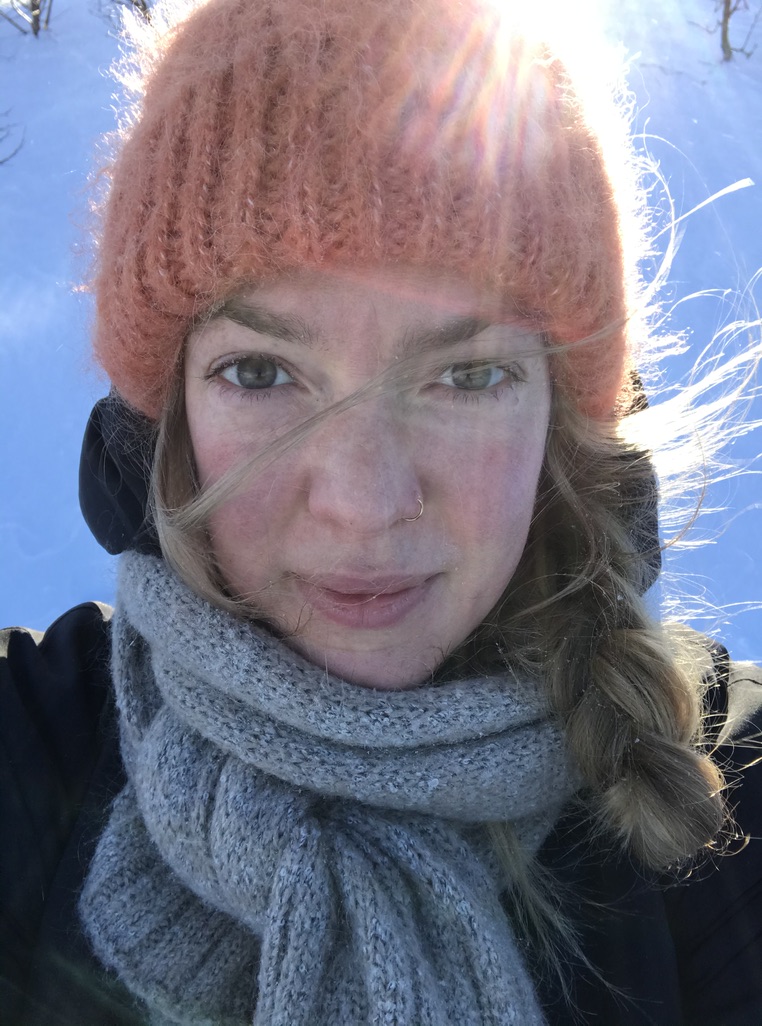Developing State Of The Arctic Environment Service
by Saara Sipola | Published: 20-Apr-23 | Last updated: 13-Apr-23 | Tags : ArcticEnvironment ArcticOcean biodiversity cryosphere NPI | category: NEWS
Our team at the Norwegian Polar Institute (NPI) is consulting with representatives of potential users of the online pilot service State of the Arctic Environment to understand their needs for environmental information.
We have identified themes that are of common interest among various organizations, ranging from media to a non-governmental organization and the insurance sector to a cruise ship association. We have also listened to a reindeer herder as well as a regional planner within a reindeer herding region.

Based on the interviews, information about reindeer and caribou populations will be included in the online service. Photo takin in Tromsø in 2020 by Saara Sipola, NPI.
Themes of data that are of interest to be included on the webpage are regarding sea ice, polar bears and other marine mammals, snow cover on land, terrestrial vegetation changes, as well as temperature changes and other “easy” climate indicators. For most, discussions have touched upon climate change and both existing impacts and possible future scenarios are of interest. The interviewees primarily want to see these changes illustrated on maps. Some would like to see maps about the sea ice withdrawal and the status of seabirds and snow retention areas in the mountains, for example, ideally combining several indicators. Future scenarios about the state of forests and forestation, within the next 50-100 years to come, is also an important concern raised by some potential end-users, although these will not be covered by this service.
According to interviewees, an asset for the page would be a long term, operational service with easy access. In addition, the data would need to be frequently updated, ideally every 6 months up to one year.
The feedback has been consistent with the initial plan for the pilot service to deliver a solid system which is easy to maintain for years to come. To succeed in this, we need to harvest few, selected indicators and do these well. The State of the Arctic Environment aims to be “sufficiently ambitious and yet not too difficult to develop and maintain”, as the lead Arild Sundfjord describes the planned service.

The challenge will be how to represent and visualize data and the pilot service as something novel and representative of all regions and domains across the circumpolar north – terrestrial, marine, atmosphere and cryosphere; how to represent scientific and Indigenous Knowledge together about the one Arctic – of which we have many narratives.

Saara Sipola, the author of this article.
